When I was visiting Greece, many Greek people were asking me whether I was visiting Greek islands. Even they think that they are the most beautiful part of the country. I can’t argue as I haven’t visited them yet, but after my trip to the North Eastern and North Central part of the Greece, I can say that there are many outstanding places to see in this region. I think the most known destination there is Meteora and its monasteries, but there are more than that. In this article, I will tell you about a day trip to the Northern Pindos National park located just about 30 kilometers of Ioannina, the capital city of Epirus province.
Northern Pindos National Park
Northern Pindos National Park is the largest National Park of the Greek mainland, with an area of 2.000 km2. It was created in 2005 by incorporating The Vikos-Aoos and Pindos National Forests In addition to Vikos-Aoos Geopark as well as a Biogenetic Reserve at the Valia Calda core. Mount Olympus was the first National Park of Greece, declared in 1938. In Greece 17 areas have been declared National Parks from 1986 until 2009.
The area of Northern Pindos National Park comprises significant ecosystem due to its rare flora and fauna. The geographical isolation of the area, the relatively small human impact, and microclimatic conditions favor the growth of various plant species. Therefore, the area is a place where many rare plants are gathered and sustained.
Ecotourism activities are popular in Northern Pindos. Visitors can explore the rivers via rafting or kayaking tours. Other activities include hiking, climbing, and mountain biking. Even if you don’t do anything of that it’s worth take a tour of the park and enjoy both stunning natural and man-made scenery.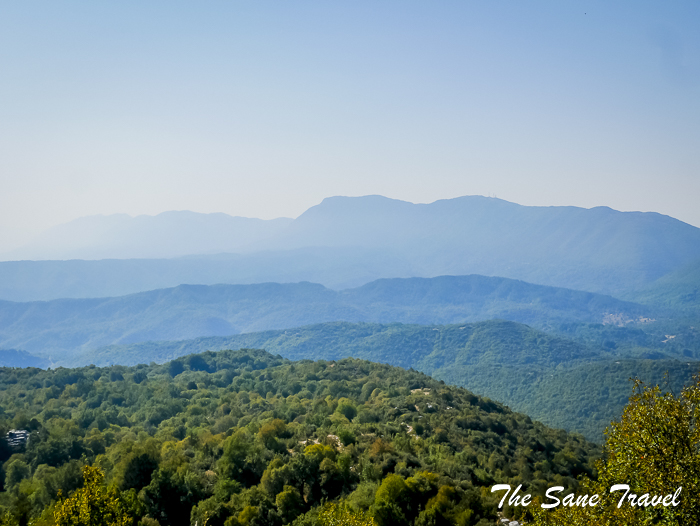
1) Aspraggeli Information Centre, Zagori
The Northern Pindos National Park operates five Information Centres. I visited the center in Aspragelli. It is located within the Zagori region, at the village’s entrance, in the southwestern part of the Northern Pindos National Park. The center is based around a central theme: the Vikos gorge. There the visitor can have information about the wider region of the Vikos-Aoos National Forest, the unique architecture of Zagori, its history in the past and present, as well as, the flora, the fauna, the mountains, the lakes, and the rivers of the region. In addition, a wide range of activities like hiking, trekking, rafting is promoted for guests of the area to engage.
I found the presentation of the representative of the center very informative. Open Monday-Sunday: 08:30-15:30
2) Panoramic views of Vikos Gorge
The Vikos Gorge is located in Northwestern Greece, in the province of Epirus and its region known as Zagorochoria It is recorded as the world’s deepest canyon 900 meters deep in Guinness book of records in 1997. Whatever, it truly is a spectacular sight accessible from several vantage points, including the gravity-defying cliff-face monastery of Agia Paraskevi at its southern end and the ridge-top village of Vikos at the other. The landscape of the 20 km (12 mi) long gorge, 12 km (7 mi) presents a diverse relief and is characterized by abrupt changes in altitude. The Vikos Gorge has been carved over millions of years by the Voidomatis River, a tributary of the Aoös. The Voidomatis is mostly seasonal, with year-round flow occurring only in the lower part of the gorge. Due to its nature, the area of the gorge is precipitous and impassable most of the year. As the Vikos Gorge is a deep cross section of the mountain, its slopes expose a series of rock formations of various ages mostly limestone and dolomite.
3) Stone forest
On the way to Oxya a viewpoint of Vikos gorge, you will pass the stone forest (Petrodasos), which is a natural monument with rocky formations with horizontal layers of stone.
4) Villages of Zagoria
The name “Zagori” is Slavic and means “beyond the mountains”. It is a group of forty or so villages that remained largely autonomous during the Ottoman years. The color of their roofs: instead of the usual red is grey, dictated by local commerce and mineral availability. The first evidence of human presence in the area is dated at least 10,000 years ago. The area has been sparsely populated throughout historical times; however, from the 17th to the 19th century the local communities of Zagori acquired an autonomous status, flourished economically due to increased trade, and became a major center of folk medicine. In recent decades, ecotourism is seen as a remedy to the economic decline of heavily depopulated local settlements, preserving the natural environment and local architecture. Every village must in Zagoria have a church, central square and plane tree on it.
5) Rizario handicraft center
The Rizario Centre of Handicrafts, with traditional broidery weavings, operates in Monodendri village, a designated traditional settlement (altitude 1,060 m), with stone houses and picturesque cobble roads. You can see and buy traditional handicraft items of the area.
6) Monastery of Aghia Paraskevi
The cobblestone trail leading to the Monastery of Aghia Paraskevi (15th century) from Monodendri village is wonderful. Visiting monastery is exciting both for seeing monastery itself and views of Vikos gorge along the way and also from the monastery. I was not very lucky because the church of the monastery was closed. I didn’t see any monks either.
7) Historical bridges
Until the fifties of the 20th century the stone-arched bridges that criss-cross the Zagori region played a vital role in linking communities. Today, many of these bridges, which date from the 18th and 19th centuries, can be seen from the modern roadside. The main road to Kipi, just after the turning for Dhilofo, offers a chance to get up close to some of the oldest and most impressive Kokkori Bridge, dating from 1750, which is backed by a pinnacle stack and spans a high arch above the Voidomatis River. Plakida Bridge has three deceptively steep but elegant arches.
8) Vradeto stairs
A stone construction using “indigenous” stone with which renowned craftsmen built and linked the two villages! It was the entry to and exit of Vradeto since the current road was opened in the 1970s. Stairs are made by remarkably thoughtful work that is said it took 20 years to build in early 18th century. Three lanes, one for animals with black stones and two for people with white ones, measured width calculated exactly so that the animals are able to swivel more than 1,000 cobblestone stairs smoothly covering an altitude difference of 250 m. The total distance between Vradeto and Kapesovo, near where the stairs lead is approximately 3.5 km. If you want to avoid the steep ascent, you can reach Vradeto using the main road (asphalt) and then just follow the stairs descending. Keep in mind that you will need about an hour downhill and 90 minutes to climb.
Practical information
The most convenient way to visit Zagoria is by car. Cars may be rented in Ioannina, Thessaloniki, and Athens but general availability and the best values are to be found in Athens. From Athens, take the National Highway to Larissa. An excellent primary road travels west from Larissa to Ioannina via Trikala and over the Katara Pass. This portion is an interesting and scenic drive that passes the famous monasteries of Meteora and through gorgeous mountain landscapes. Most of the access roads to Zagoria are located between Metsovo and Konitsa along the main highway from Ioannina to Kastoria. Driving in Zagoria is convenient, roads are of good quality, wide enough with no steep ascents or descents.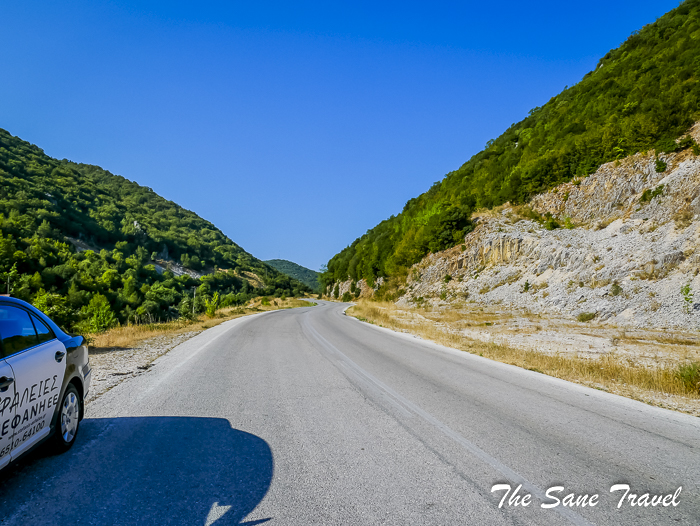
Another option is to go there on a tour. As the area is not frequently visited there are not many options available. I used services of the local travel company in Ioannina with a driver being a tour guide in the same time and was very satisfied. The company is quite new but provided very good service. I paid 80 euros for an individual day tour.
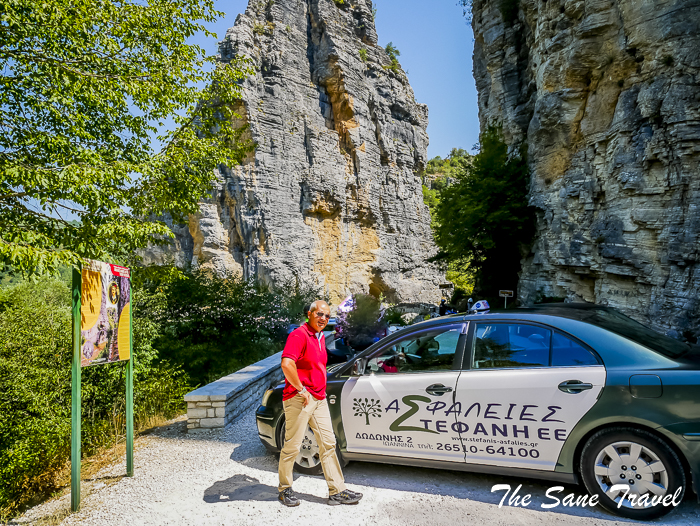
Zagorians are among the friendliest people in the world. Here, visitors are treated as welcomed guests.Do you want to explore more of the greek mainland? Read my tips for visiting fantastic Meteora monasteries.
Have you visited Vikos Gorge? Share your impressions in the comments section!
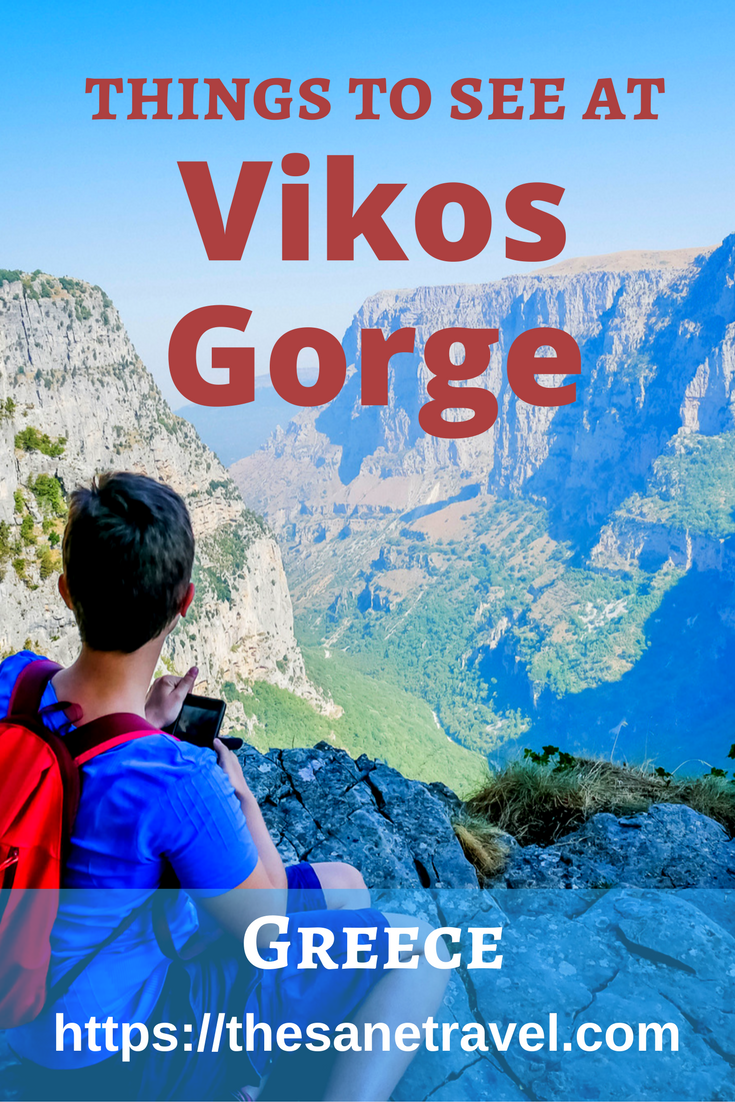
Author: Anita Sāne

About the author
Anita is a part-time traveller, passionate photographer and a retired career woman from Latvia, travelling mostly solo for more than 15 years. She is a skilled travel planner who plans and executes her travels by herself. Anita wants to show you how to travel the world and open your mind to new experiences. Follow her on Facebook, Instagram, Pinterest, Twitter and Bloglovin.
{module Sign for my blog news! (2)}

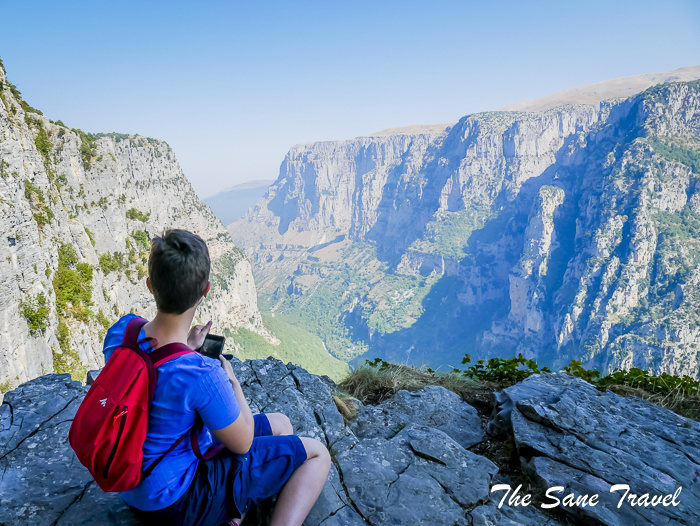
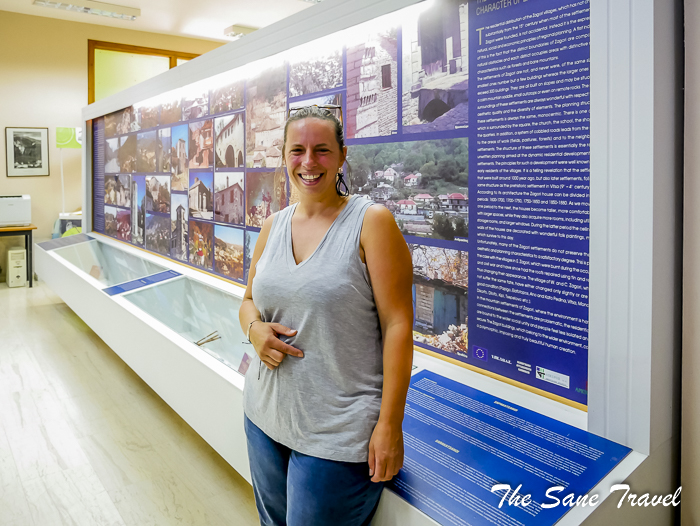
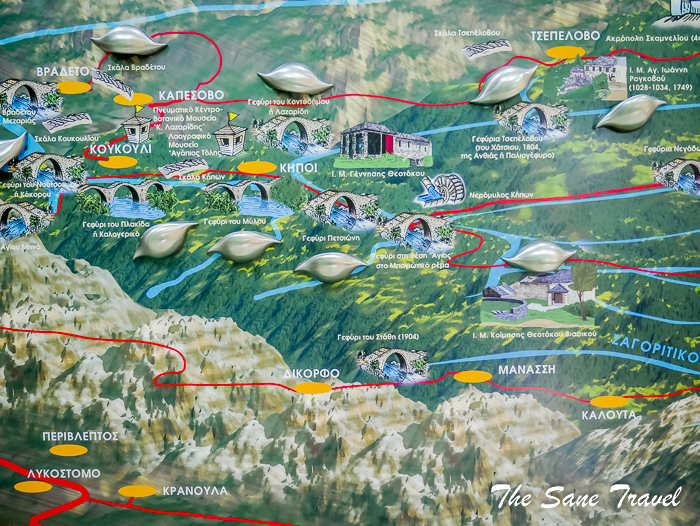
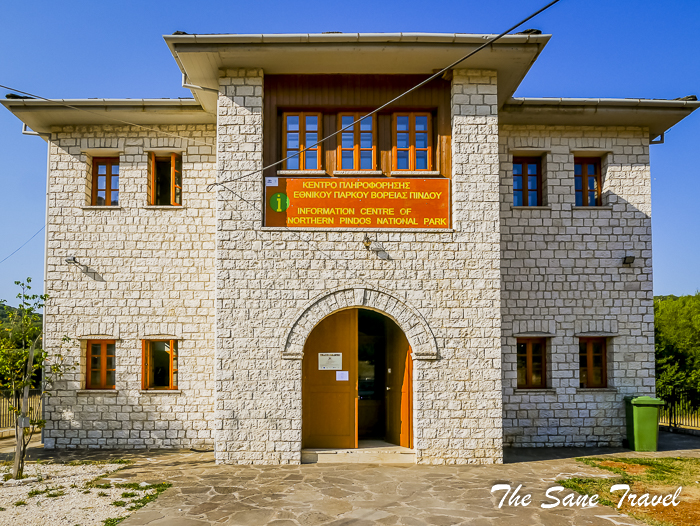
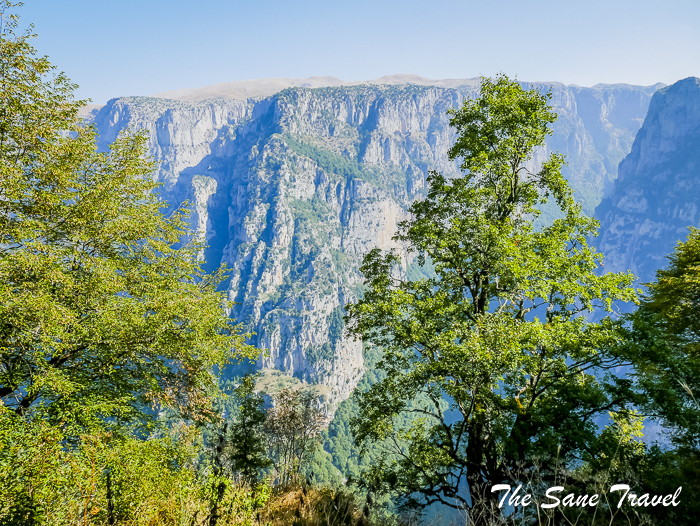
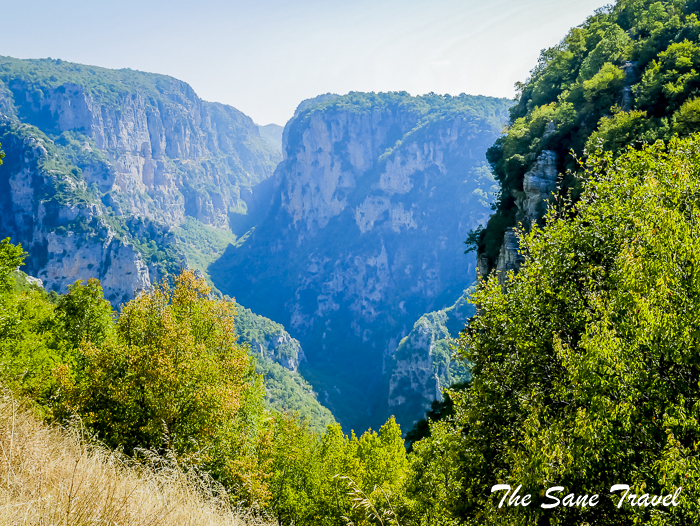
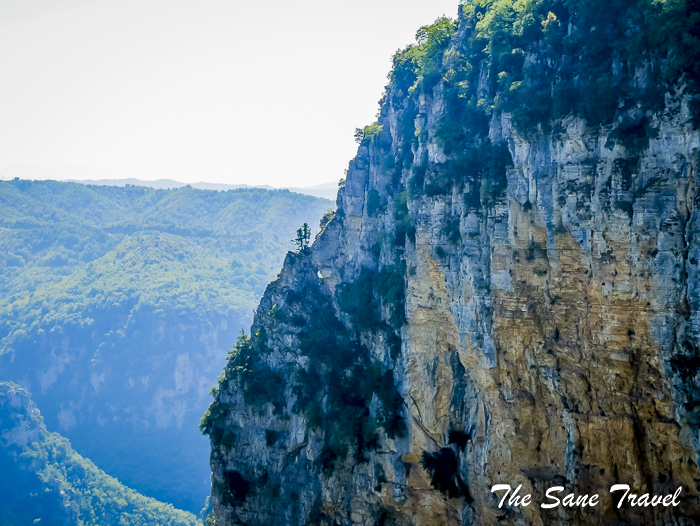
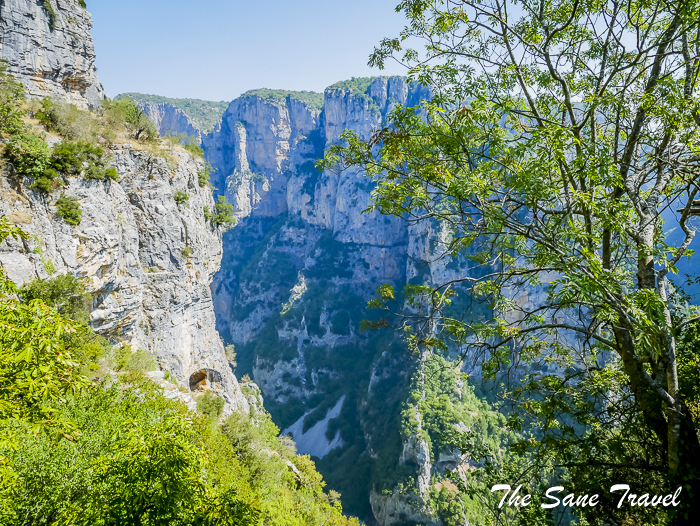
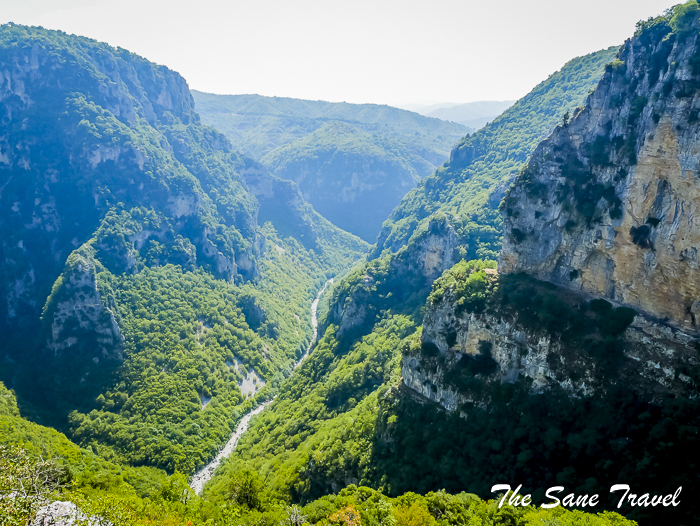
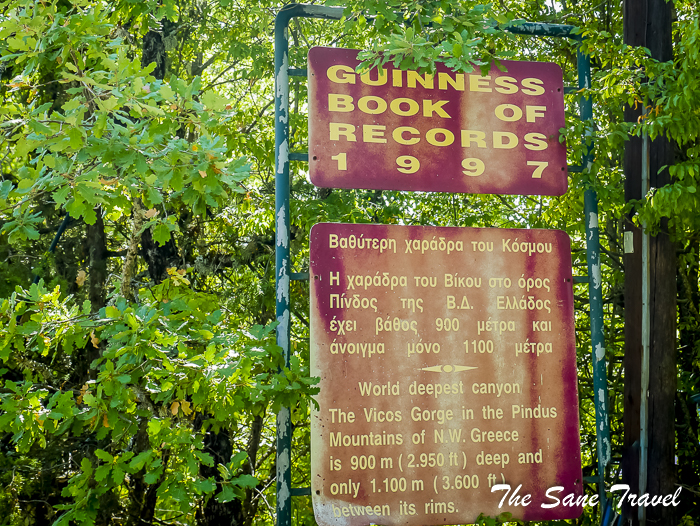
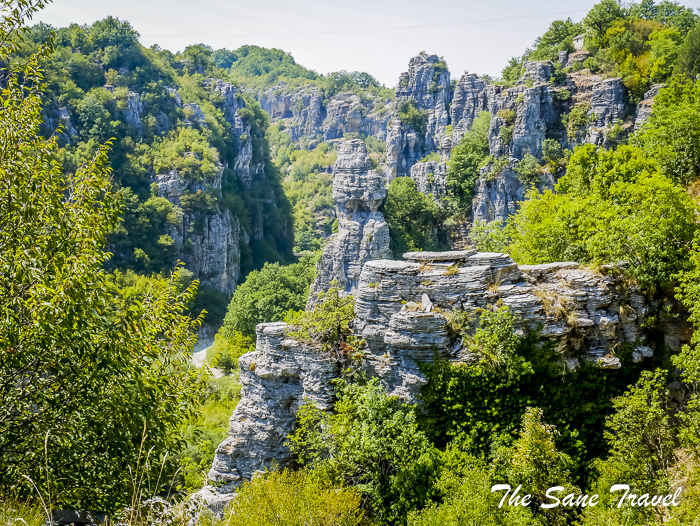
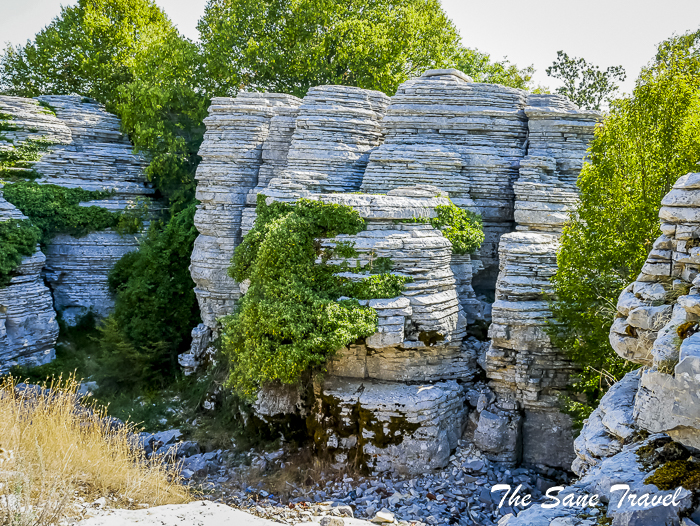
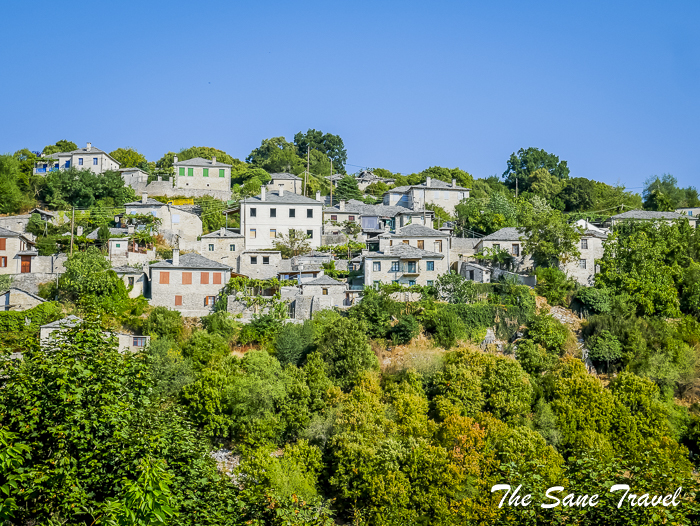
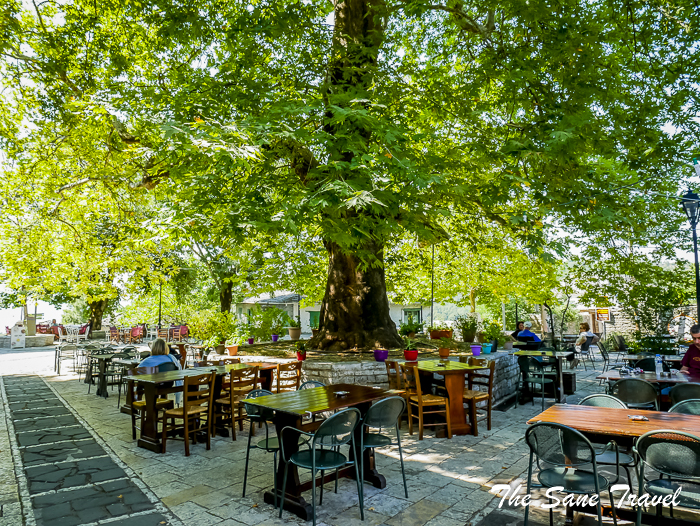
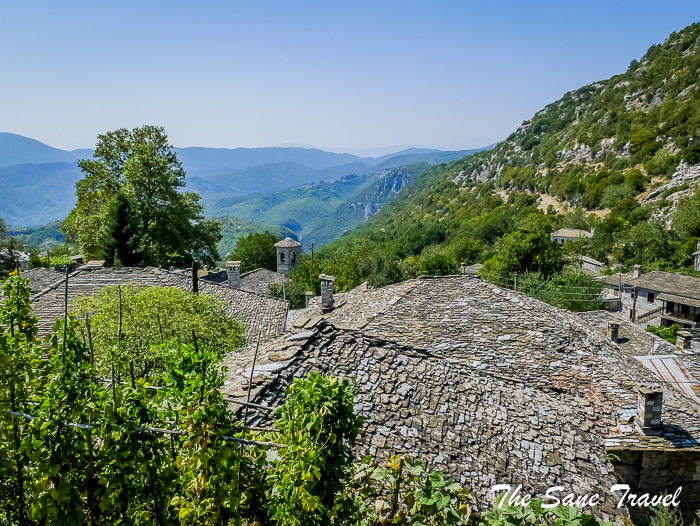
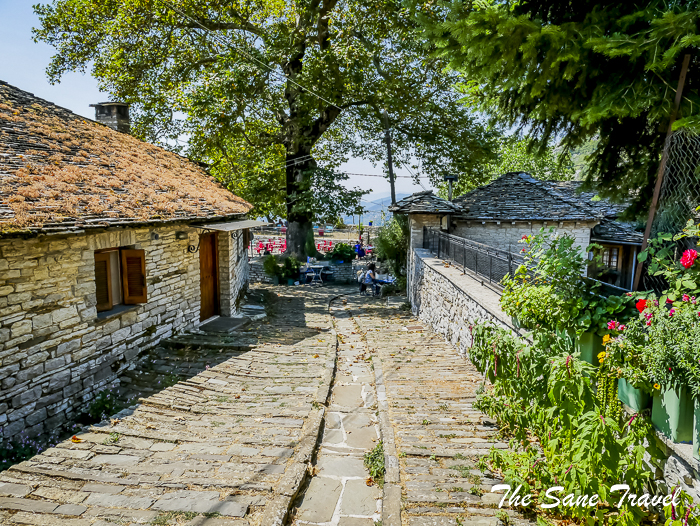
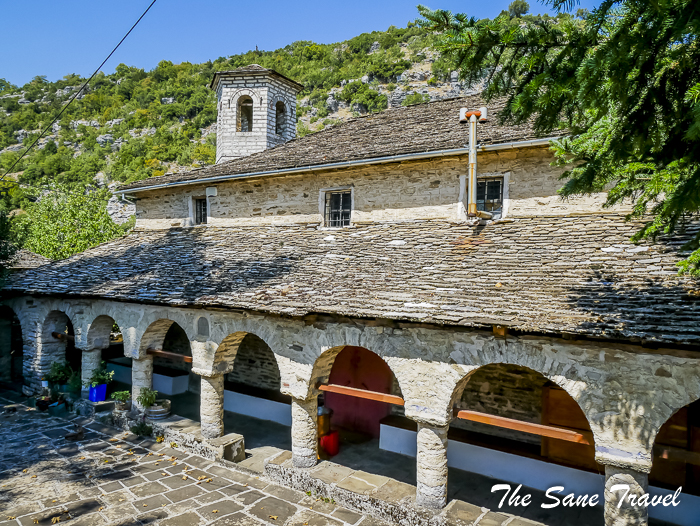
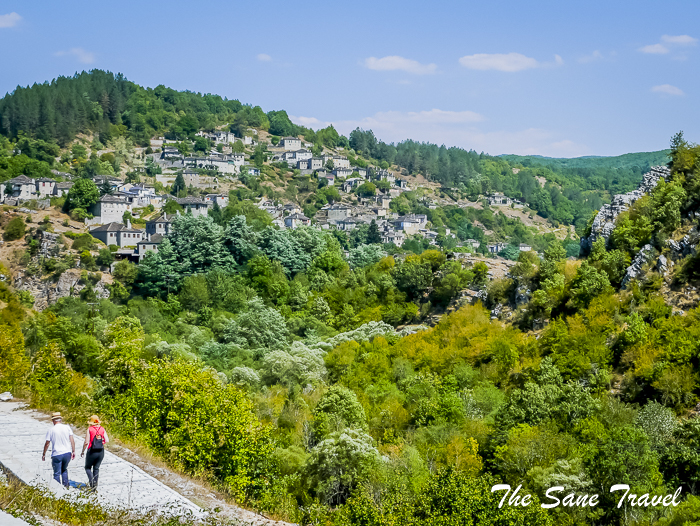
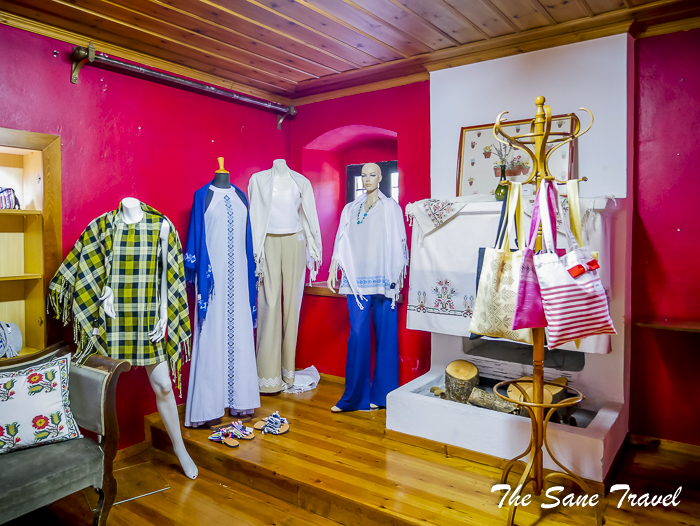
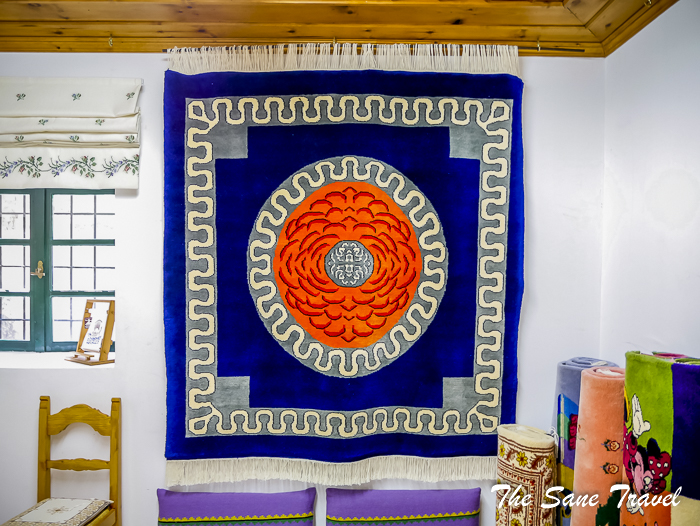
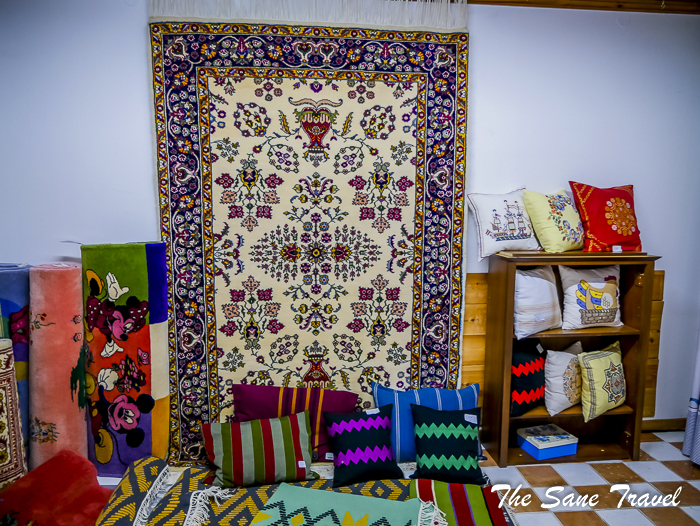
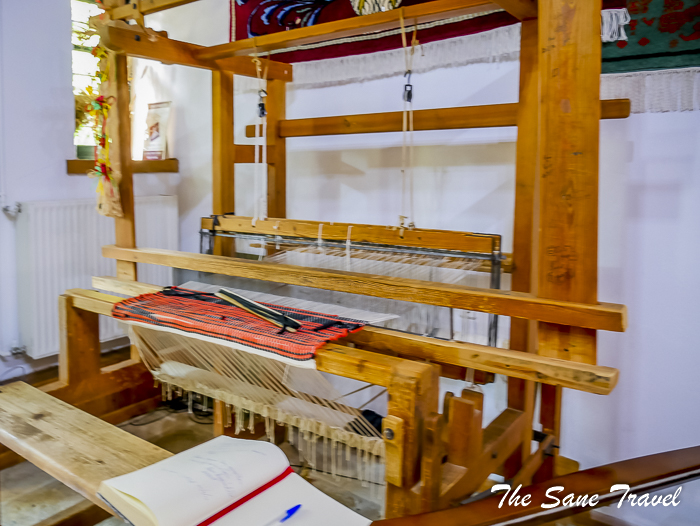
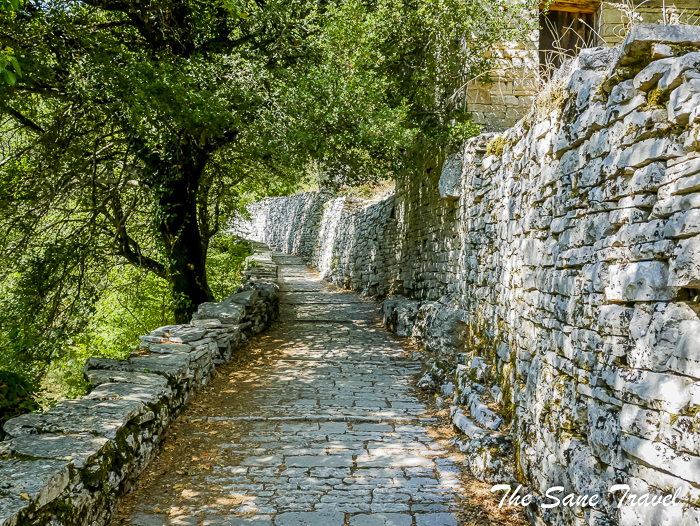
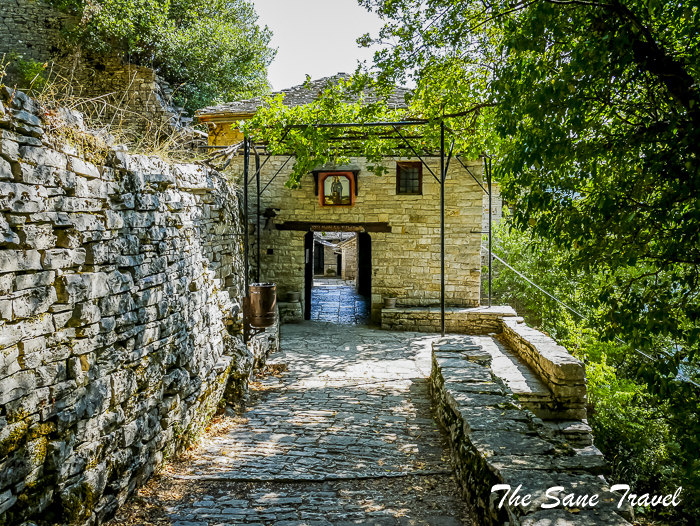
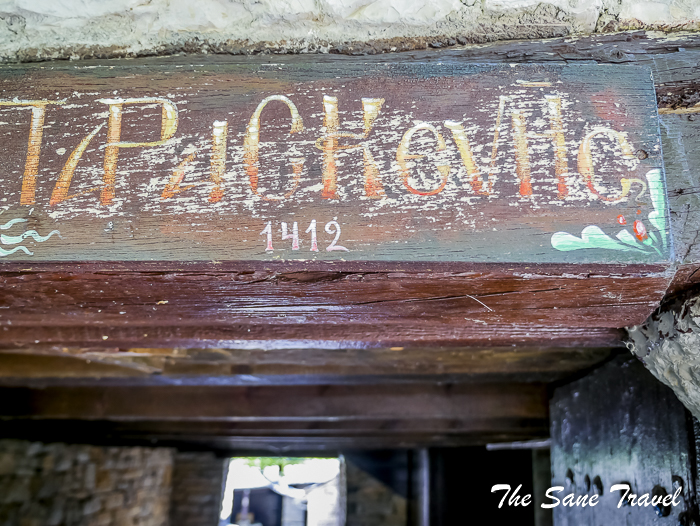
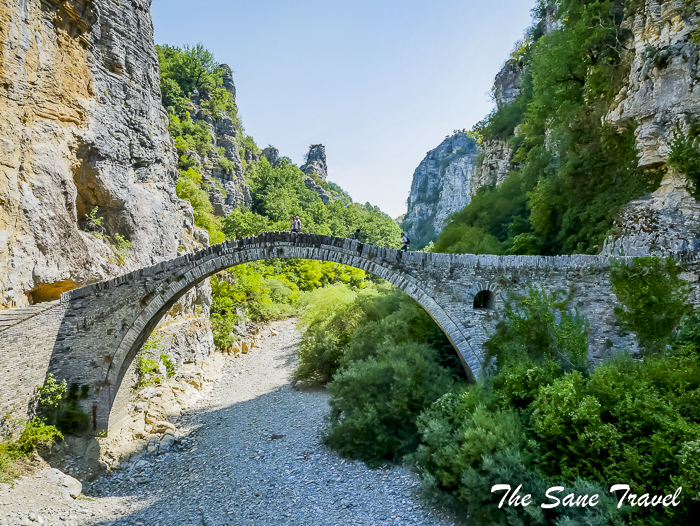
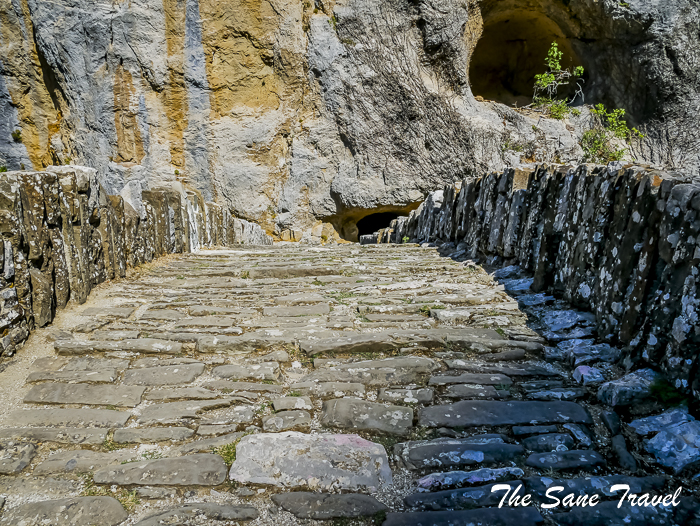
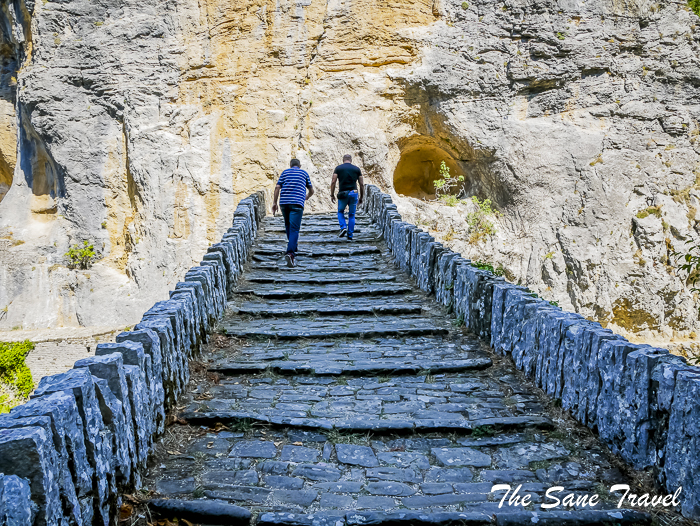
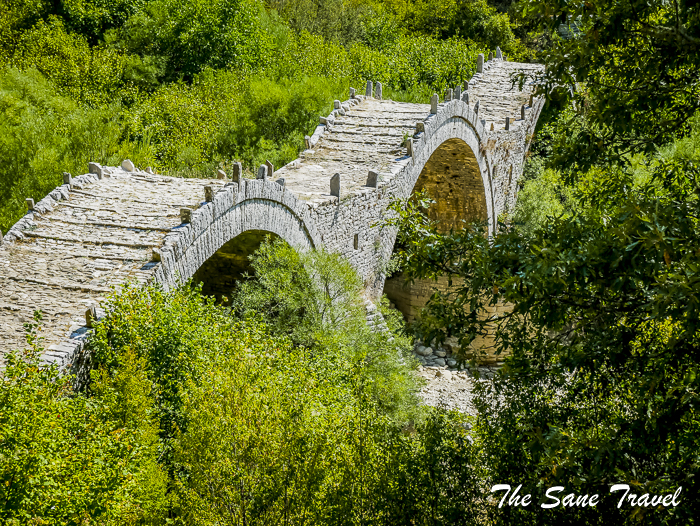
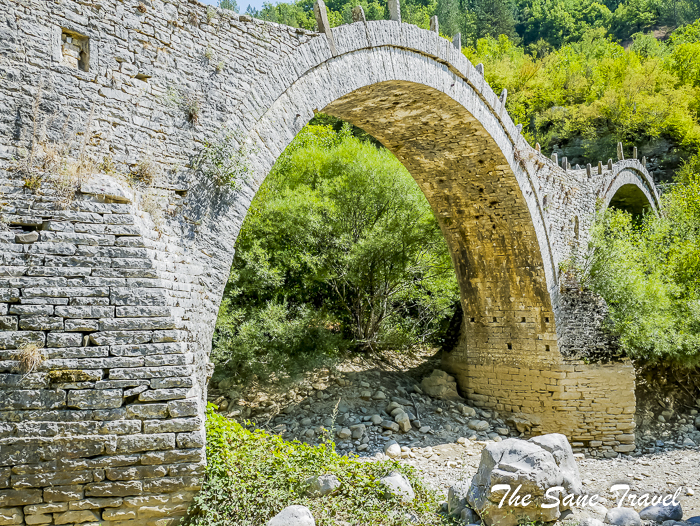
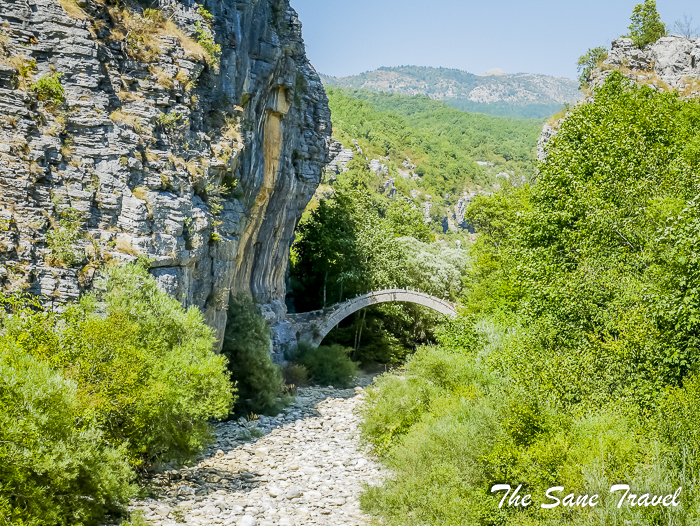
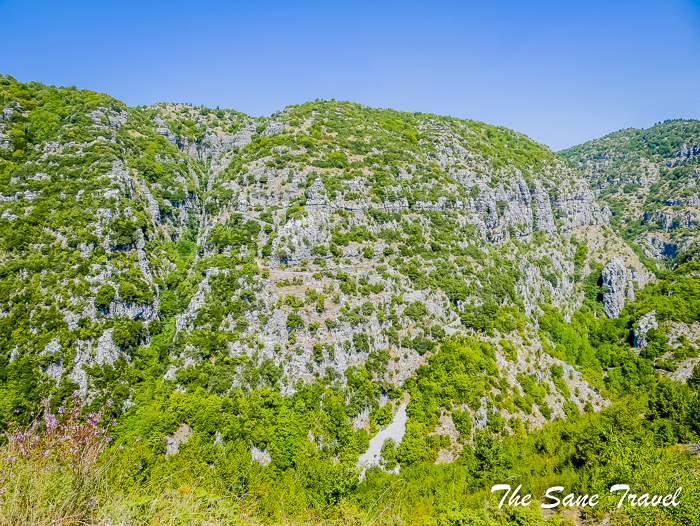
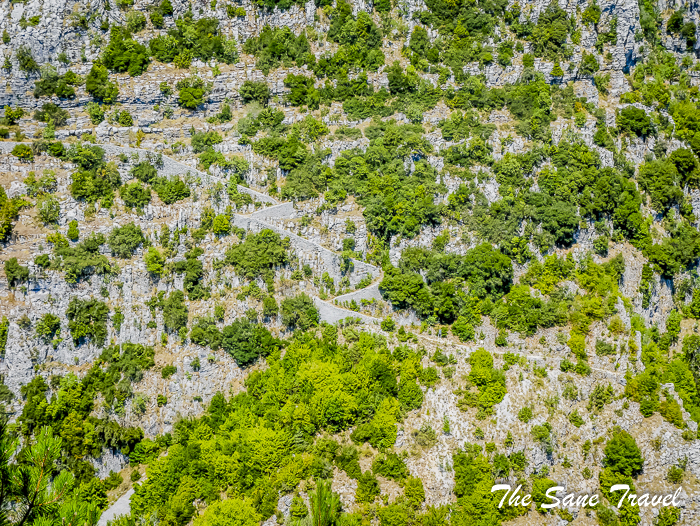
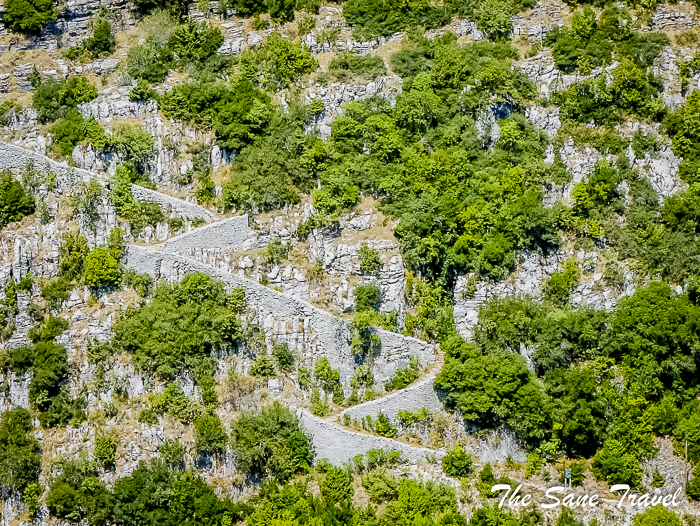
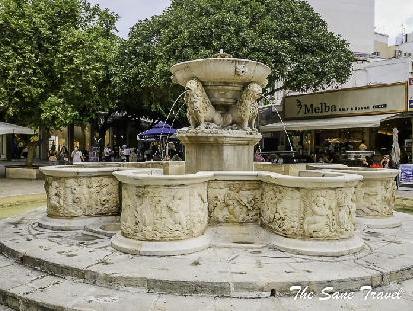
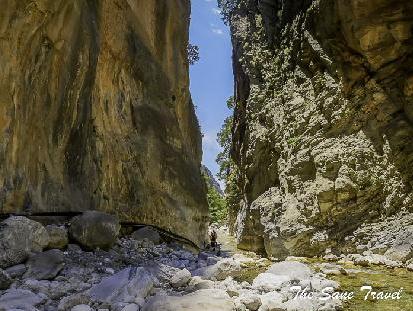
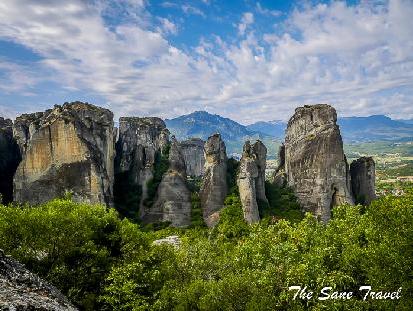
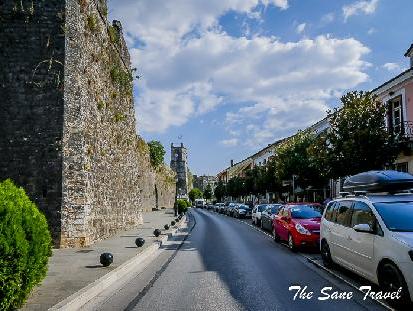
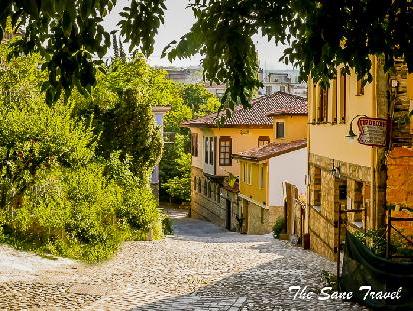
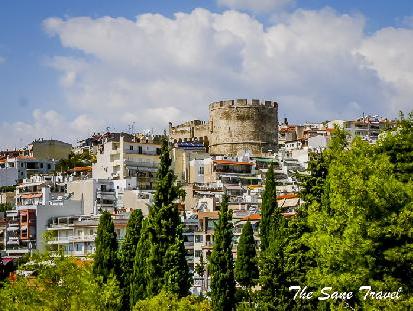
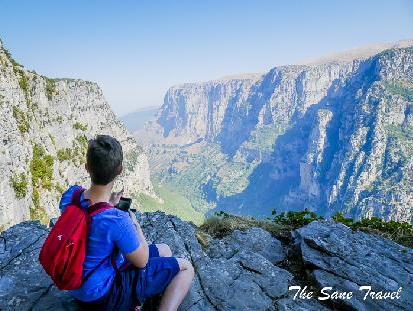
Probably old thread but NO, Pindos and Vikos Parks are only allowed for driving, swimming, and hiking trails. If you see the closeup pics on this blog you can see the rocks are thin "cake layers" and too fragile for climbing gear.
Report
My comments